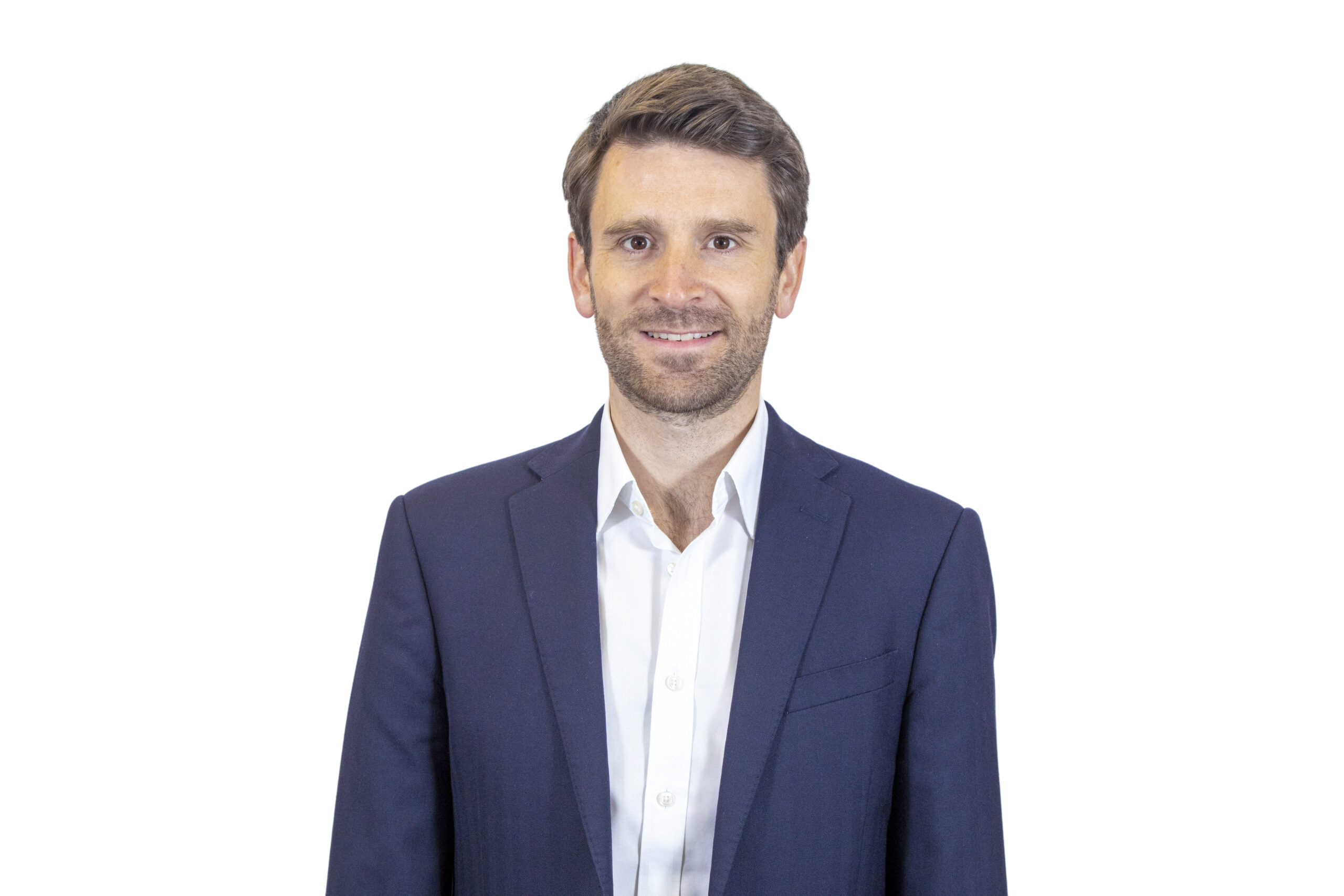Charlie Drysdale, associate director, smart energy and sustainability at Hydrock, discusses the opportunity for 4.5 generation district heating networks and the critical role data has on defining a new era of energy efficiency.

This article contains paid for content produced in collaboration with Hydrock Ltd.
In my last article for Project Scotland, I flagged the challenges and the opportunities presented by the heat sector in the battle to reduce our carbon emissions in Scotland and more widely across the UK. We’re making strides across the built environment but, as with anything at scale, it calls for targeted action.
Tried and tested technologies are already employed throughout the world that, when correctly implemented, are ready to solve this major contributor to the climate crisis.
Understanding where heat solutions will be most effective and efficient is a critical part of the equation. For example, 5th generation isn’t necessarily ‘better than the predecessors’ as a decentralised heating solution in all contexts. Hence, I previously suggested a ‘4.5 generation’ option could be more realistic for most parts of the UK.
Having just returned from an R&D visit to Sweden, it’s clear the UK can learn much from the approach and technologies already successfully implemented there. However, it’ll never be as simple as following a copy and paste blueprint for the UK.
We’re similar to Scandinavian countries in many respects but very different in others, namely them having a less engrained gas network and lower energy prices. But there’s an opportunity to learn from these early-adopters to ensure the right decisions are made for the long-term.
Key to this, undoubtedly, is capturing high-quality data and understanding the opportunities that multiple thermal loads present. This will result in a more optimum thermal energy network and also supports with applying for grant funding streams, such as SHNF.
The curveball for anyone responsible for a large estate is that there are an increasing number of challenges to contend with: the steep decarbonisation mountain we have to climb; implementing building safety legislative change; and not to forget any ongoing backlog maintenance.
It’s like eating an elephant — in a state of overwhelm, where do you start?
You start with data. These challenges need not be conflicting, they can present opportunities. By applying our ‘Digital Estates’ approach, targeted capital investment will go further, achieve more, create future flexibility and establish greater long-term resilience from a campus or real estate portfolio.
This requires analysing the performance of networks and buildings in-use from the perspective of energy, carbon, wellbeing, fire safety and space utilisation at the same time. When you gather the data and process it, you can visualise it in the right way. Build a picture that you can work with. We know, first-hand, that it’s possible to design refurbishment strategies that address backlog maintenance, fire safety, plant lifecycle replacement, decarbonisation in one cleverly orchestrated swoop.

As we address the challenges presented by decarbonisation and prepare our buildings to comply with increasing regulatory demands — from energy certification to fire safety legislation — we must capitalise on tackling this in a holistic fashion, especially in the context of the district heating opportunity.
The concept of network and building optimisation takes on different meanings depending on your stage in the property lifecycle or your role in managing the buildings and their systems.
An effective estate-level plan is the way forward. You need data to make the right decisions, in the right places. It may be ineffective to link all buildings to a heating and cooling network operating at lower temperatures, but it could be efficient to link some — just look at E.ON’s ectogrid™ in Medicon Village, as an example, which balances 15 commercial properties and residential buildings with different energy needs.
As I write this, around 80-90% of all existing buildings will still be with us in 2050. Data is the key unlocking this at a campus and city-wide scale.
While it’s impractical to revamp all buildings simultaneously with larger heat emitters, new windows, and thicker insulation in one go, some buildings may need higher heat temperatures in the meantime. Despite this, connecting to higher-temperature district heating could still be more efficient and cost-effective, as well as the lowest embodied and operational carbon option in the right places.
Good data can help identify where there are high-quality sources of waste and spare heat co-located with heating demands, resulting in further efficiencies and reduced costs for heat consumers. It’s key to framing your story, unlocking decisions, and making every kWh count.
Critically though, with insufficient grid capacity, where will the electricity to power your heat decarbonisation efforts come from once the data has been crunched?
More on this next time.
Hydrock is a British-owned, engineering design, energy and sustainability consultancy. Visit the website for more information.











